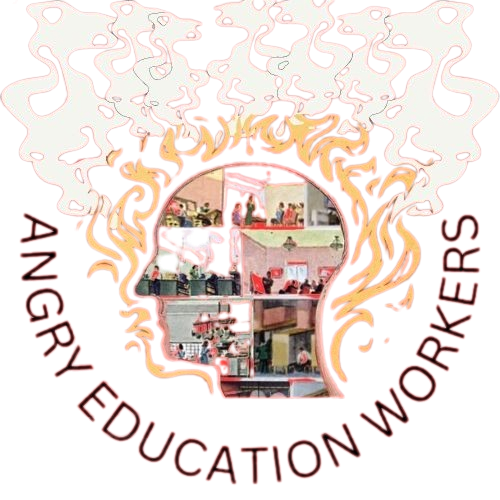A Quick Guide to Unionization for Charter School Workers
Public school workers are not the only ones who need unions.

Introduction: A New Class Composition
Charter schools been surrounded by controversy since before their legal birth in 1992—and for good reason: they are the spearhead of an all out offensive against public education not just in the United States, but across the world. Their earliest genesis is in the “massive resistance” to school desegregation of the 1950s. Some charter school companies charge their customers for transporting their children to school. Others buy up public land for steeply discounted rates. Or take advantage of Hurricane Katrina to privatize the entire education industry of New Orleans by replacing public schools with a patchwork network of charter schools. They are also often pushed in tandem with consistently unpopular school voucher programs, skirting or flaunting democratic processes to do so.
For a long time, then, organized public school workers have seen charter school workers as anti-union dupes. And during the first fifteen to twenty years of charter school history, this was probably true, especially of the teachers. Old school pro-IWW workers would have referred to these teachers as Mr. Blocks. But there is much evidence to suggest that this has changed.
The generation of non-unionized teachers “willing to work long hours for school leaders who could dismiss them at-will” are gone or thoroughly disillusioned. They are no longer “20-somethings”. Coming up after them is a generation that is increasingly radicalizing. Economic restructuring has spread agitated workers throughout the entire charter subsector of the industry. Laid off tech workers are just one new strata. Militant, trained workers attempting to unionize one set of charter schools are now employed in other, similar charter school settings. A new class composition has emerged. It consists of workers who see the nostrums for fixing education for what they are: another prong of the class war waged by the rich against the common people.
Charter school workers seem more interested in unionization than ever. Staff in charter schools consistently earn lower salaries than their counterparts in traditional public schools. They have fewer benefits—and those are always of lower quality than those in the public school system. Education is already known for low salaries and wages. So those of us in charter schools are suffering even more greatly, by default. And despite rhetoric from administrators and CEOs about “Highly Qualified Teachers,” charter school teachers are less likely to be fully accredited to be classroom teachers. We care for our students. Deeply. But our bosses and managers are failing them.
There has been an upsurge of organizing at charter schools since 2018. Most of it was quashed before you could ever read about it in the news—except on the most niche labor related publications.
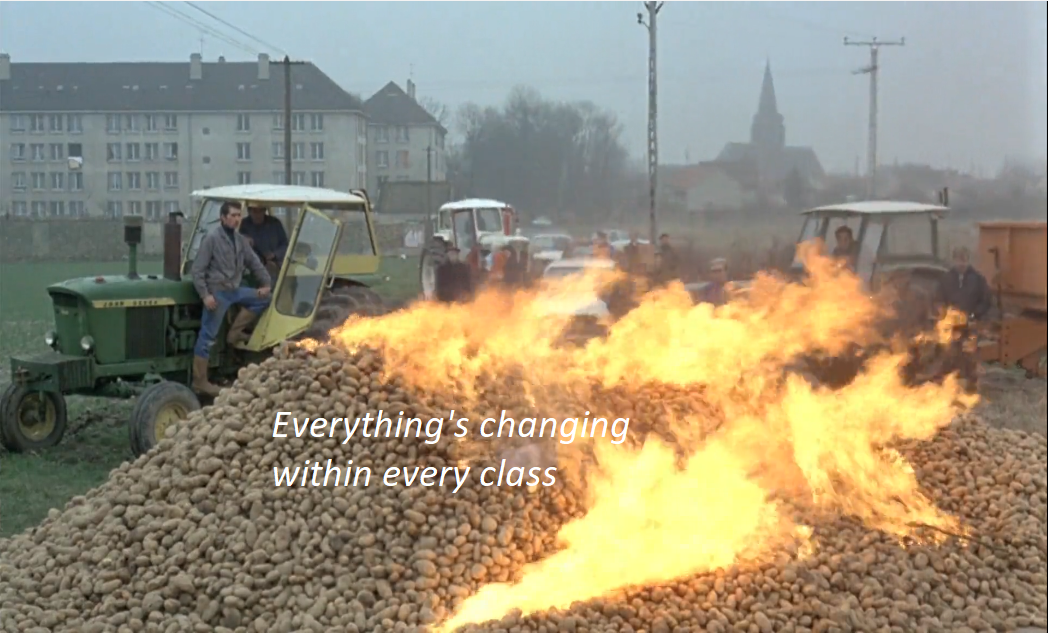
But it did have an impact we can still see. Roughly 25 percent of charter school workers in Chicago and Los Angeles are unionized. The presence of militant locals of mainstream teacher unions committed to bargaining for the common good explains part of that comparative strength. But without workers who are ready and willing to take direct action already employed at charter schools, that organizing would have been impossible. Similar potential must remain stifled in many cities and towns across the United States. If the mainstream teachers unions (outside of some locals) won’t fight to unleash that potential, more revolutionary unions like the Industrial Workers of the World will. It is time to organize the unorganized!
Only workers can impose the solution
Fortunately, there’s a way to force your bosses to sit across from you and your coworkers and negotiate something better for everyone. Ultimately, that’s the power you and your coworkers can demonstrate through solidarity and organization—but in an era where unions are weak and low in membership, a union election supervised by the National Labor Relations Board (NLRB) is a valid way to exert your power. Bosses rely on us not even reaching out for support or using the resources available to us. We should flip the script whenever we can.
While it’s possible to ask for, and gain, voluntary recognition of your union by your employer—it is unlikely. You and your coworkers must prepare for a showdown with your bosses.
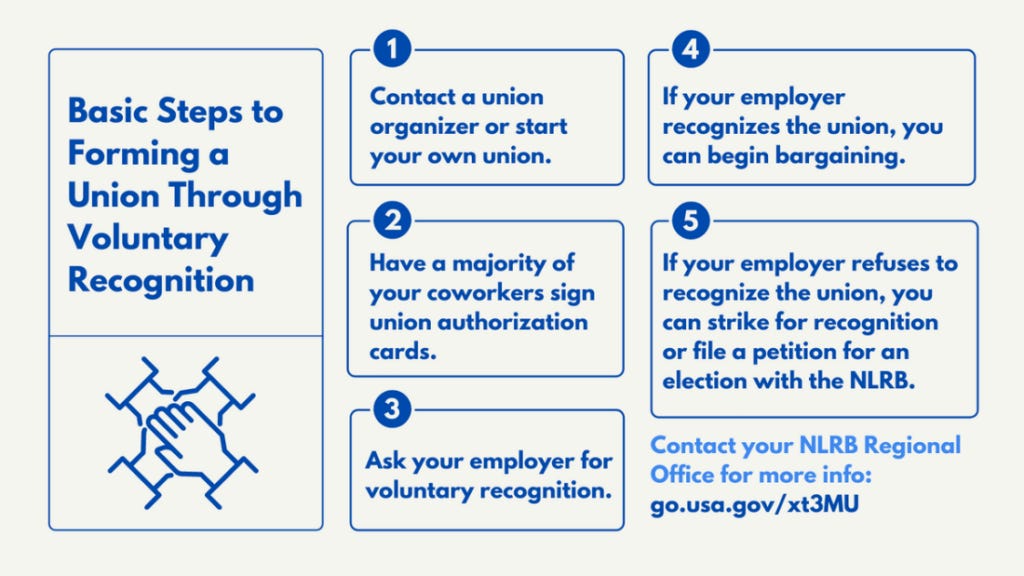
That said, the NLRB is not meant to build worker power. It is meant to keep you working and your boss profiting. Not only that, but the agency is also severely underfunded and is struggling to enforce even the most basic of labor laws. Take the retaliation Starbucks Workers United (SBWU) is facing in the form of mass store closures and firings. Charter school workers at Cesar Chavez Public Charter School in Washington DC experienced this sort of retaliation even earlier—in 2019. More evidence that an injury to one is an injury to all. Even so, formal union certification can be useful from a tactical point of view. If it tips the balance of power in our favor, we should welcome it.
The first step in an NLRB election is to make sure you have, at the very least, 30 percent of your coworkers on board with unionizing. Realistically, you want a lot more than that. Most mainstream unions recommend at least 70 percent. The IWW recommends 80-90 percent support before filing for an election. In the wake of the Cemex Decision from the NLRB in 2023, it is also the most pragmatic route. If a majority, let alone 80 percent, signal support for a union, then you can ask the company for voluntary recognition. It also acts as a temporary shield if someone snitches to the boss or the word about union organizing otherwise gets out. For the company to contest this, they have two weeks to file for a union election with the NLRB. More, if they engage in union busting during the election, the agency will cancel the election and issue an immediate order to bargain in good-faith with the union.
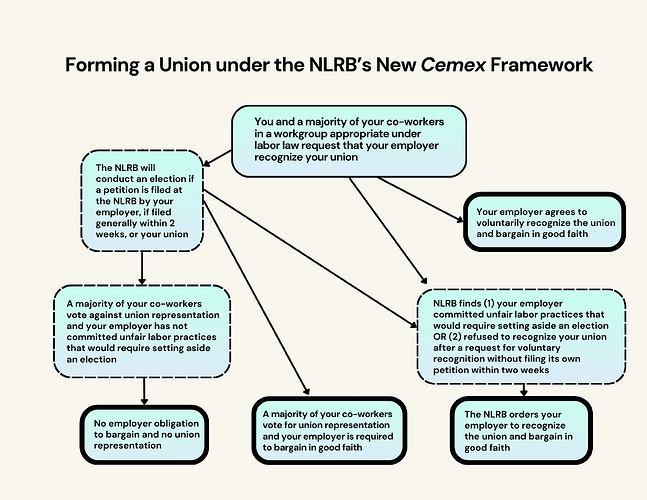
Power precedes the election; it does not come from it. The NLRB is subject to electoral political jockeying between Republicans and Democrats, so no protection they provide can ever be taken for granted. As it has always been, solidarity with our fellow workers is our best weapon. Once you feel you have enough support, you’ll need to gather a few forms from the NLRB website:
First, read the Procedure in Certification Elections. It details the different forms involved in the process of an NLRB election that you may or may not have to file/deal with. Mainly, this will be the Representation Certification (RC) form you and your coworkers need to file. It is simple and easy to fill out at just about one page long. The Position Statement Form is for your employer to fill out once you serve the petition on them.
This is a great opportunity for powerful direct action. Charter school workers could use a march on the boss—where you and your coworkers confront the employer with a specific demand—to deliver a petition for voluntary recognition. If the organization that operates the charter school refuses, they’ll have an opportunity to fill out all the paperwork, right then and there. Of course, inoculation will be key. Your boss will go all out to smash the union. Or at least that’s the most likely scenario, unfortunately. Be ready to fight back with direct action, because if your employer challenges the results of the election or retaliates in any way, it might take months or even over a year to receive final decisions from the board. Especially in a time when the NLRB is exceptionally understaffed and underfunded, companies love to hit workers with as many firings, captive audience meetings, and instances of intimidation as possible for as long as possible to erode support for the union effort. This is the time to pump the energy up. Demonstrate to your coworkers that you, the workers, are the union. Winning the election was be useful, but you must continue to flex your power to build it. Show your bosses that your union already exists and is not to be trifled with.
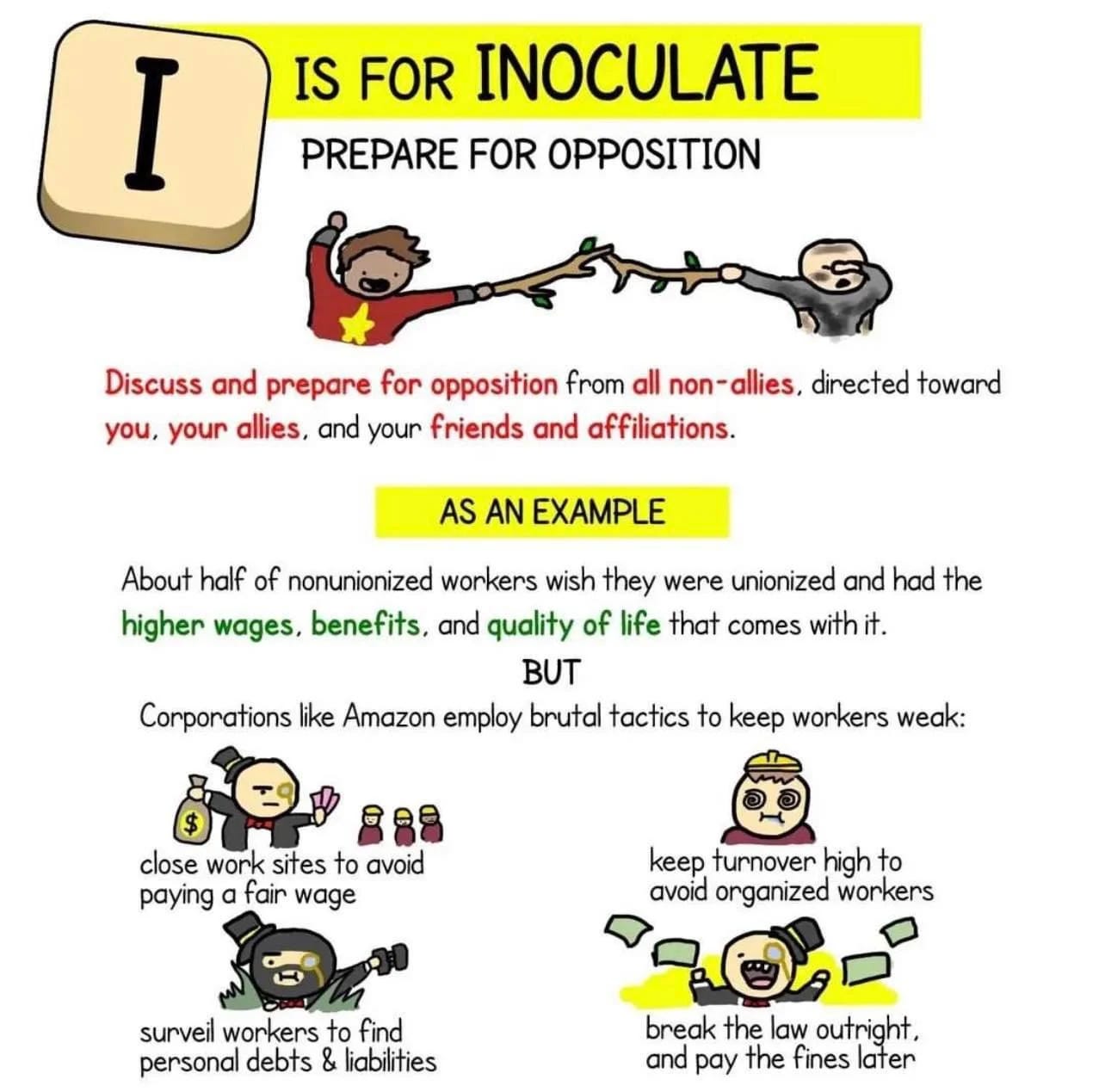
This is where your boss can challenge the “bargaining unit.” A bargaining unit is the eligible employees included in the negotiated collective bargaining agreement (CBA). A staff union for charter school workers (that we’ll discuss in more detail a little later) dealt with this firsthand when their employer, a charter management organization (CMO), declared that all employees at all campuses must be included. Demonstrating the necessity of concrete worker-to-worker organizing to enforce PERB-facilitated bargaining, the charter worker-organizers went out and persuaded a supermajority of workers at the other campus to support the union. Even after the election, their employer continued union-busting, and for two more weeks refused to recognize the union. It took repeated direct action by rank-and-file workers to win recognition in July 2022.
We understand many workers will have anxieties going into this process. Charter schools are viciously anti-union—in fact, they were created specifically to destroy teachers’ unions (and privatize public education).1 Governmental and legal bodies are intimidating to deal with. Or straight up dangerous in some cases. The state isn’t exactly known for being friendly to worker self-organization, to say the least. But getting formal recognition doesn’t mean you give up control of your workplace organizing campaign, especially if you elect to organize with unions like the IWW or UE. You are still in control of what you do next.
But when your boss refuses to budge, a formal election can force your boss to the table. In this case, you’ve taken more control over your workplace organizing campaign. Your boss can no longer skirt negotiating in the same ways. They can be held legally liable through fines, mandated re-hirings, and public announcements of their wrongdoing for bargaining in bad faith or retaliating after a union election win. The current NLRB is also applying an expansive definition of “full remedies” that has anti-union lawyers spooked. These are still pretty weak measures, but paired with strong organization and direct action, it increases your leverage. Let’s hit our bosses on all fronts.
NLRB or PERB?
Sometimes, charter school workers will have to deal with an entirely different body than the National Labor Relations Board. Each of the 50 states and the District of Columbia have a Public Employee Review Board (PERB).2 Most public-sector unions, including those of public school teachers, are governed under these state-level bodies.
Whether you deal with one or the other is a product of class struggle (both on the part of workers and bosses) as expressed on the political level. Generally, the employers want to use the law to consign our unions to supervision by PERBs governed by legislation with far more constraints on the right to strike compared to the NLRA. Which is why most teachers’ strikes are illegal. While the Obama administration’s NLRB ruled that charter schools—as a class of employers—were covered under NLRB jurisdiction, Trump’s NLRB curtailed this precedent in 2020. But it did leave the ability of the agency to supervise union organizing efforts at charter schools on a case by case basis intact. Because Biden’s NLRB has been surprisingly pro-union for an administration that has broken so many promises, it has asserted jurisdiction over all formal unionization attempts at charter schools in Arizona, California, Connecticut, District of Columbia, Illinois, Louisiana, Maine, Michigan, Minnesota, New York, Ohio, Oregon, Pennsylvania, Rhode Island, and Tennessee. The only exception so far is a school in Texas.
Essentially, if you file for union certification with the NLRB, they will probably oversee an election by secret ballot that is decided by a simple majority one way or the other.
But not always. It depends on your specific case, not to mention the constantly varying political climate. No one who assisted with the writing of this article is a lawyer, so we strongly encourage you to inquire into state and local labor law and to consult authorities more knowledgeable than ourselves.
In New York City, two teachers at a KIPP charter school filed a petition with the region’s NLRB office to decertify the United Federation of Teachers as their union. While those two teachers should feel ashamed of themselves, the UFT’s leadership certainly seems to go out of their way to stifle union democracy and grift off the membership. The UFT tried to block the attempt by arguing the state’s PERB had jurisdiction over the case, rather than the NLRB. However, the NLRB refused to accept this argument, and assumed jurisdiction.
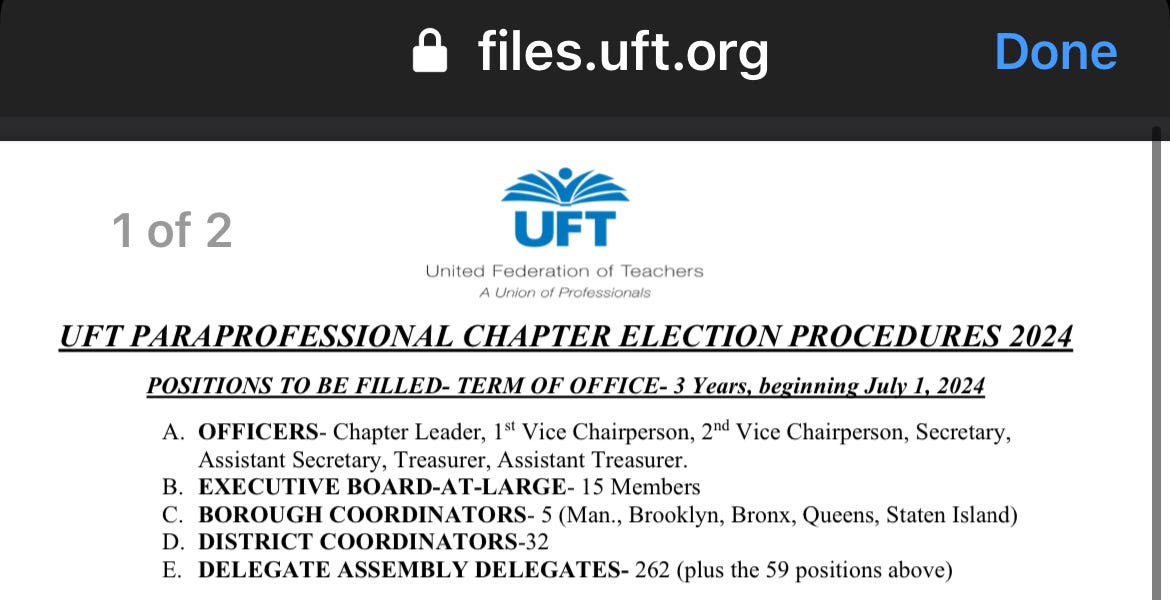
Attempts by charter school workers to achieve initial union certification are more likely to be successful than the UFT’s scheme. And choosing your state’s PERB over the NLRB can be an entirely logical choice. California is one of the minority of states that allow public sector workers to strike.3 When the Caliber Workers Union filed for a union recognition election, they chose to do so through California’s PERB. That PERB verified that a strong majority of the staff wanted the Industrial Workers of the World (IWW) to represent the formal collective bargaining unit, and ordered that their employer enter into good-faith bargaining with the union. The IWW builds worker self-leadership by leaving negotiations to the shop-floor workers themselves. Of course, the union offers support in the form of external organizing sessions where advice is offered, financial resources, trainings, and participation in direct actions such as phone zaps and picket lines.

Conclusions
A union election win allows you to bargain a formal contract. Companies attempt to circumvent negotiating over anything besides wages, benefits, and grievance procedures at the negotiating table. However, we’re already seeing how teachers’ unions, through bargaining for the common good, are changing that. Even so, at first, you’ll have to fight for “quality of life” issues like how your boss talks to you or the environmental impact of your job through direct action. Even so, a formal contract offers a “foundation” you can use to your advantage. With lower turnover, fairer pay schedules, and better pay, you and your coworkers can go on the offensive on other workplace issues that your contract can’t address as easily. If you want to try and force your boss to donate leftover food to the homeless instead of tossing it out, go for it! Feel like shutting down your warehouse for Earth Day? Hell yes!
Most of all, we need to make our bargaining units as inclusive as possible (excluding anyone with hiring/firing power). The CWU is a living example of this, since their union “included not only faculty, but office, food service and healthcare workers as well, among others”. In some cases, like that of Mundo Verde Public Charter School in Washington DC, you can create your own union local to act as a nucleus for organizing other charter workers. Through DC ACTS Local 1927 (organized under the AFT), worker-organizers at Mundo Verde have received contacts from people interested in organizing unions at over a dozen other DC charter schools. Including another that just went public at Capital City PCS. The IWW offers something very similar, but with even more autonomy: job branches. There are also Industrial Union Branches (IUBs). These formations allow you to tailor your bargaining unit to exactly what works best for you while spreading the labor movement.
All in all, the legal front of the labor struggle must be secondary or tertiary. Government agencies like the NLRB or PERBs are flimsy protections in the best of times. And those protections fluctuate wildly over time, especially due to presidential appointments and Congressional actions (or lack of actions). Our struggle is on the shop floor and in the streets. But we must also build our power by any means necessary. If that means we file some forms to the government, then so be it. A contract, just like a law or a declaration of war, is just a mere scrap of paper if labor collectively decides that it is so.
Please like, share, and leave a comment!
Thank you for reading By and for Angry Education Workers. Since this publication will always be free, sharing this post with an educator in your life is a huge help.
1 Rooks, Noliwe. 2017. Cutting School: Privatization, Segregation, and the End of Public School. New York: The New Press.
2 More research is needed to understand the legal terrain in the US dependent territories *cough* colonies *cough* (Guam and Puerto Rico) that have charter school authorization laws on the books.
3 We highly recommend this map of which states permit public sector strikes versus those which do not.
References and Further Reading
Labor Law Folder in Zotero Library
Workers’ Self-Inquiry Youtube Video Playlist
Who are the Angry Education Workers?
This is a project to gather a community of revolutionary education workers who want to chart a course towards a socialist education system. We want to build contacts between education workers around the world to become a platform for educators of all backgrounds and job roles to share workers’ inquiries, stories of collective action, labor strategy, theoretical reflections, and art. We can then workshop, translate, and boost each others' work.
If you are a union, political collective, mutual aid network, or other organization, and want us to publish materials for you, please reach out!
